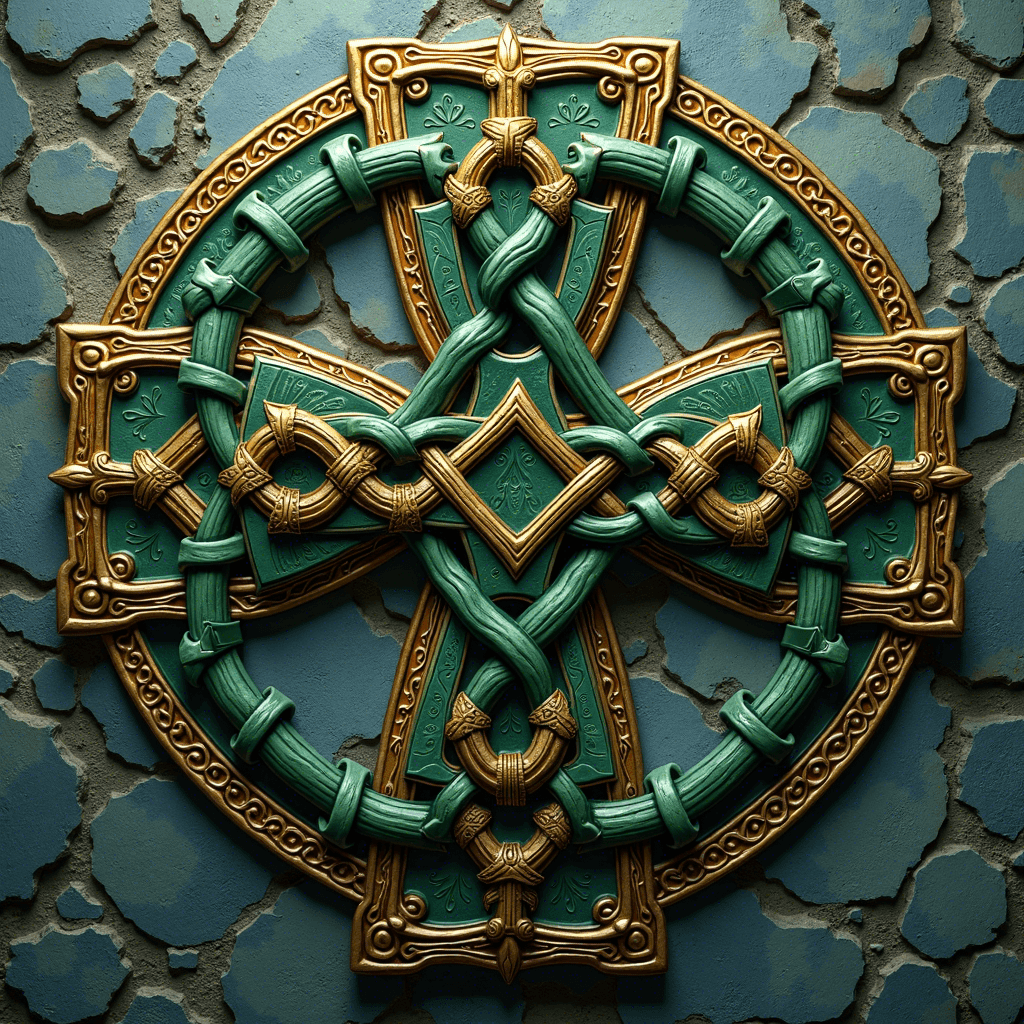
Celtic Knotwork
Ancient Celtic art style featuring interwoven knot patterns, often symbolizing eternity and interconnectedness, used in manuscripts and stone carvings.
Quick Navigation
External Resources
Overview
Origin
Celtic Regions (Ireland, Scotland, Wales)
Historical Period
5th century BCE to Middle Ages
Cultural Significance
Celtic knotwork is a key element of Celtic art, used in illuminated manuscripts like the Book of Kells and stone carvings to symbolize eternity and interconnectedness.

Historical Timeline
6th-7th century
Development in Insular manuscript illumination
8th-9th century
Creation of major works like Book of Kells
9th-10th century
Peak of high cross carving with knotwork
Techniques
Interwoven knot patterns with no beginning or end
Use of vibrant colors in manuscripts
Carving on stone crosses and jewelry
Combination with spirals and zoomorphic designs
Cultural Context
Celtic knotwork is a key element of Celtic art, used in illuminated manuscripts like the Book of Kells and stone carvings to symbolize eternity and interconnectedness.
Did You Know?
Celtic knots have no beginning or end, symbolizing the eternal cycle of life, death, and rebirth in Celtic culture.